Dear all,
I propose we build up here, in this very thread (and/or the Wiki!), a detailed knowledge base of red and blue laser diode information.
A lot of the information already exists, soaked all over PL; but a giga-post scooping it all up and standardising it, I feel would benefit everyone.
Initially I plan on putting under the microscope a variety of diodes to accurately measure: emitter dimensions, bond wire diameter, and count.
I believe a rigorous approach to this should shed light in the long term on tracking laser diode technology changes; hopefully complimenting previous "empirical" approaches with regard to collimation and the likes.
Each diode will be photographed, de-canned and then put under the microscope again for further inspection. Images of each will be attached here along with any laser diode data and a datasheet for completeness.
It is the aim to constantly update this first post; as to avoid threads of 100's of posts with the information getting burried.
Initially diodes will not be tested on their output performance; this can follow at a later stage with a standard, and rigorous testing procedure.
In short: The aim is to create a long term, one-stop comprehensive page of useful information for the community.
I have tested the following diodes:
ML501P73 - Datasheet
Emitter size: 98x2µm
No. of bond wires: 2
Images:

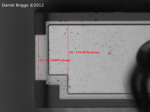
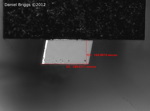
ML520G71 - Datasheet
Emitter size: 64x2µm
No. of bond wires: 1
Images:
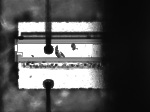

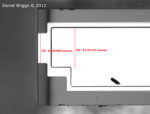

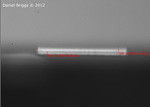
Francesco has kindly donated the following diode:
HL63133DG - Datasheet
Emitter size: 10µm wide. I could not measure the thickness accurately optically (<1µm)
Images:
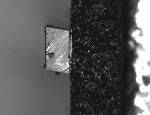
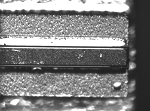
Planned to test:
AndyCon has kindly donated the following diodes:
- LPC836
- LPC826
- LPC815
Simon (p1t8ull) has kindly donated the following diodes:
Edison has promised to donate the following diode:
- HL6388MG - Datasheet
Thanks to all!
Should anyone else have any laser diodes; red, blue or violet, to add to the list and are happy to donate them to PL Community ResearchTM, having them de-canned and put under the microscope, please shout out.
Regards,
Dan


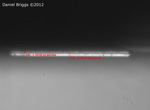
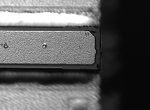
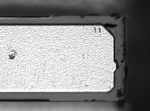
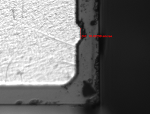

 Reply With Quote
Reply With Quote stanwax
stanwax

 will contribute, as / when I can.. if I can just figure out this cloning-thing...
will contribute, as / when I can.. if I can just figure out this cloning-thing... 
 ....and armed only with his trusty 21 Zorgawatt KTiOPO4...
....and armed only with his trusty 21 Zorgawatt KTiOPO4...


